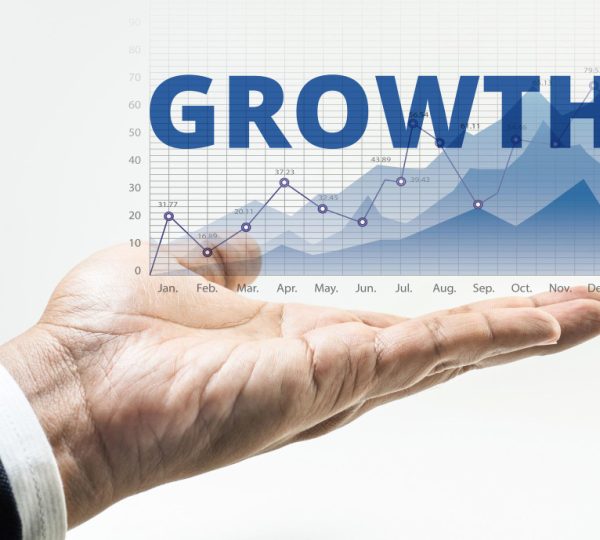Cash Flow Statements In The Corporate World
How do you explain a cash flow statement?
A cash flow statement is an essential financial management tool for monitoring a business’s cash flow. This statement, along with the income statement and balance sheet, is one of the three most essential reports for assessing a company. It facilitates short-term planning by allowing cash flow projections.
The cash flow statement reveals the causes of cash flow and helps the reporting of cash inflow and outflow. Cash is generated by a company’s operations, investments, and financing. Statement details include cash flows, company expenses, and assets as of a specific date. Using the information provided by the cash flow statement, management can exert greater control over the company’s daily operations
If a company needs to generate sufficient capital from its operations, it may borrow money from investors or fail.

What are the three types of cash flows?
The liquidity and solvency of a business can be determined from the cash flow statement, which outlines three distinct cash flow categories.
- operating cash flow
Accounts receivable, payable, stocks, labour, and income taxes are operating cash flow elements. A company’s primary functions primarily drive operating cash flow, including product sales and purchases. Some examples of operational activities include:
- payment from customers
- purchase of inventory
- accounts payable
- company payroll
- depreciation on equipment or other tangible assets
- amortization of intangible assets and
- deferred tax
- Investing in financial assets
The term “investing cash flow” describes buying and selling large-ticket items like furniture, computers, and other office supplies. In the section on investment activities, the company’s assets are discussed in greater detail.
- Cash Flow Financing
Examples of long-term liabilities and stockholder equity that are provided for in this section include notes payable, retained earnings, and dividend payments. The company’s net cash flow is displayed in the “Financing Cash Flow Activities” column after accounting for stock purchases and debt financing.
The importance of cash flow
To thrive, a company must have ready access to funds. This allows it to settle off bank loans, stock up on goods, or make profitable investments. A business is deemed bankrupt if it is unable to pay its bills. Using a cash flow statement has the following benefits:
The costs of A company’s direct payments to its creditors can be seen in stark relief on a cash flow statement. Cash transactions that don’t show in the other financial accounts are also conducted here. Those things are buying something, getting a loan, and spending money on new machinery and tools.
A cash flow statement helps ensure a steady flow of funds. If the company has an abundance of cash on hand or not is an important question to answer. With excess cash, a business might make strategic stock purchases or expand its inventory. If the company runs low on money, it can seek alternative funding mechanisms to continue operations.
Focusing on profit helps you generate cash, essential to any business’s success. But there are many other ways to make a living. For instance, a company can increase its profits by finding new ways to spend less money on technology. It generates revenue whenever it can collect consumer accounts more quickly than usual.
What is negative cash flow?
When a company’s cash outflows surpass its cash inflows, it has negative cash flow. The company’s revenue may need to be increased to cover its costs, and it may need to borrow from outside sources to make up the difference.
The following is a brief explanation of negative financial flow. Here, it can be seen that the business incurred more extraordinary expenses than it earned in revenue.
How negative cash flow impacts your business
When a business has negative cash flow, it spends more money than it receives. While witnessing your bank account decrease may be stressful, it may be acceptable to be in this situation.
When a business is in its infancy and just starting, spending more than it earns is very common. New businesses incur high startup costs; attracting customers and establishing a sustainable business can take time. As long as you have a plan and positive results from your initial consumer outreach, spending money at this stage makes sense.
Expansion is another situation that frequently results in negative cash flow. Suppose your business is expanding, and you decide to open a new location or hire many new employees. In that case, you may experience negative cash flow once the new site or employees begin generating revenue.
You could also choose to invest in new equipment or other assets that will pay off over time, but doing so will result in a period of negative cash flow.
The secret to effective financial flow management
Positive and negative cash flow are merely two aspects of cash flow, but understanding them is arguably the most crucial aspect of a cash flow management strategy. Cash is the lifeblood of a business, so you must ensure that you have a firm plan and the appropriate tools to monitor your current cash position and forecast your future cash position.
We have a guide for generating a cash flow forecast independently, but we strongly suggest you investigate cash flow forecasting tools such as Live Plan to make it easier. Ultimately, your time should be spent expanding your business and satisfying your customers rather than on cash flow modelling.
A solid plan is essential for managing negative cash flow, particularly during growth and expansion. You should set goals for when your business will regain positive cash flow and track your progress toward achieving them.
If you are searching for advice on reverse negative cash flow, read our article, which explains your options for changing negative cash flow and achieving positive cash flow.
A company’s cash flow statement is valuable because it reveals whether the company has sufficient liquid cash to pay its debts and invest in assets. You cannot interpret a company’s performance based solely on the cash flow statement. After reviewing the balance sheet and income statement, you may need to examine long-term trends to gain a reasonably accurate picture of the company’s performance.



